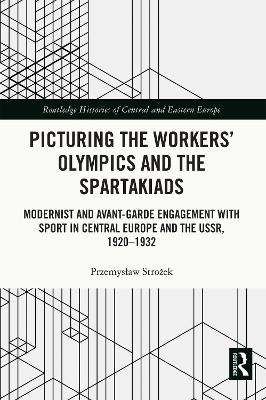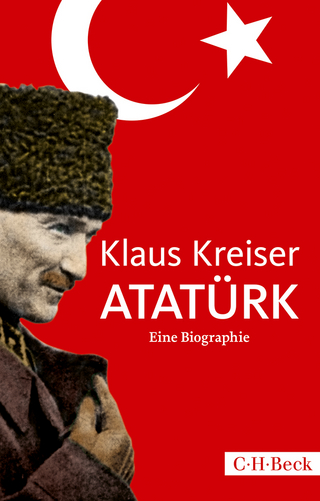
Picturing the Workers' Olympics and the Spartakiads
Routledge (Verlag)
978-1-032-01759-4 (ISBN)
This volume focuses on the modernist and avant-garde engagement with workers’ sport events that were organised or were planned to be organised in the cities of Central Europe and the USSR in the period of 1920–1932: Frankfurt am Main – Vienna – Moscow – Prague – Budapest – Berlin.
During the 1920s and 1930s, two organisations of workers’ sport operated: the Lucerne Sport International/Socialist Workers’ Sport International and the Red Sport International, which held the socialist Workers’ Olympics and the communist Spartakiads, respectively. These events were not aimed at cultivating national victories and individual athletic records, but at mobilising workers for the class struggle and at creating new culture for the working class. This book examines the visual propaganda of the Workers’ Olympics and the Spartakiads expressed through paintings, sculptures, prints, illustrations, posters, postcards, photomontages, photographs, films, theatre and architectural projects. It emphasises the significance of workers’ sport for the artistic and social changes within a utopian project of a new culture, as visualised by the modernist and avant-garde artists, including Varvara Stepanova, Gustav Klucis, and Otto Nagel.
This volume is of great use to students and scholars of the history of sport, art history and cultural history in interwar Europe and the Soviet Union.
Przemysław Strożek is an Assistant Professor at the Institute of Art of the Polish Academy of Sciences and an Associate Researcher and curator at the Archiv der Avantgarden, Dresden. He was a Fulbright fellow at the University of Georgia, a fellow at the Accademia dei Lincei and recipient of a Korea Foundation fellowship. He is the author of several dozen academic articles, and published extensively his research on sport and the avant-garde, as well as on sport and contemporary art. Together with Andreas Kramer he has co-edited Sport and the European Avant-Garde (1900–1945). He has curated numerous exhibitions, including an exhibition on Polish-Moroccan artistic relations at the Zachęta – National Gallery of Art in Warsaw.
1. The New Great Power. The First Workers’ Olympics in Frankfurt am Main as a Socialist Olympia, 1925 2. The Giants at the Prater Stadium. Visualising the Second Workers’ Olympics in the Socialist Paradise: the Red Vienna, 1931 3. ‘Every Worker-Athlete Must be a Soldier of the Revolution’. From Vsevobuch to Gustav Klucis’s Spartakiada series, 1928 4. The Communist Workers’ Sport for the Revolution, for the Proletariat, for the People. Devětsil, FPT and the Visual Propaganda of the Second Spartakiad in Prague, 1928 5. The Collective Embodiment of the Red Man. Workers’ Physical Training Association, Munka Circle and Worker Photography in Budapest 6. ‘Overcoming all Obstacles – Red Sport!’ Visualising solidarity and hope for Communist Sport in Berlin, 1931-1932 7. Conclusion
| Erscheinungsdatum | 05.09.2022 |
|---|---|
| Reihe/Serie | Routledge Histories of Central and Eastern Europe |
| Zusatzinfo | 112 Halftones, black and white; 112 Illustrations, black and white |
| Verlagsort | London |
| Sprache | englisch |
| Maße | 156 x 234 mm |
| Gewicht | 453 g |
| Themenwelt | Geisteswissenschaften ► Geschichte ► Regional- / Ländergeschichte |
| Geisteswissenschaften ► Philosophie | |
| Sozialwissenschaften ► Soziologie ► Spezielle Soziologien | |
| Weitere Fachgebiete ► Sportwissenschaft | |
| ISBN-10 | 1-032-01759-7 / 1032017597 |
| ISBN-13 | 978-1-032-01759-4 / 9781032017594 |
| Zustand | Neuware |
| Haben Sie eine Frage zum Produkt? |
aus dem Bereich


